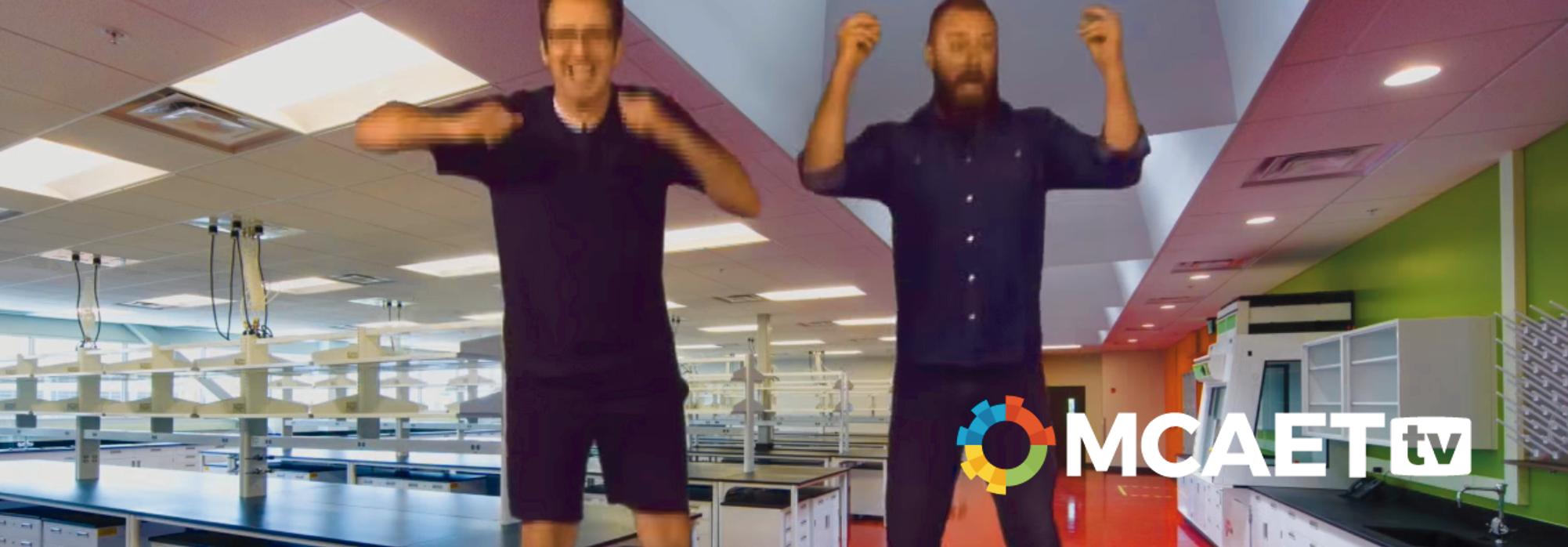Modernizing MCAET TV
As the STEAM (Science, Technology, Engineering, Arts, and Mathematics) Director for the Monterey County Office of Education(MCOE), I had the unique opportunity to lead a multifaceted curriculum while also taking on the role of Director for the MCAET (Media Center for Art, Education, and Technology) TV station. Located in Salinas, CA, MCAET has been a unique and innovative educational resource, broadcasting over the air and via cable TV stations throughout Monterey County, CA.
Building the Team
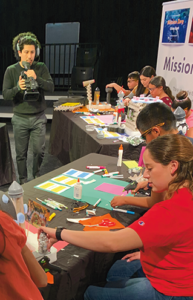 When I assumed responsibility for the TV station, I faced significant challenges. The founding director had recently retired, and key engineering staff had also departed, leaving the station’s infrastructure in a complicated transition. Compounding the issue, wiring connections were mistakenly disassembled during a renovation, rendering the station unable to transmit its signal to cable stations or its over-the-air tower.
When I assumed responsibility for the TV station, I faced significant challenges. The founding director had recently retired, and key engineering staff had also departed, leaving the station’s infrastructure in a complicated transition. Compounding the issue, wiring connections were mistakenly disassembled during a renovation, rendering the station unable to transmit its signal to cable stations or its over-the-air tower.
To address this, I spearheaded a local and national search for engineers and enlisted the expertise of a retired national network veteran engineer to restore functionality to the station. I was also able to recruit former staff, students and interns from MCEAT’s past who had history and experience with the station and would be able to help MCAET get back on track.
FCC Re-Banding
The Federal Communications Commission (FCC) initiated a sweeping endeavor known as spectrum repurposing around 2018 while I was serving at MCAET’s director. This strategic initiative aimed to optimize the utilization of the radio frequency spectrum by reallocating certain frequencies for alternative purposes.
The rationale behind spectrum repurposing stemmed from the burgeoning demand for wireless services, driven by the proliferation of mobile devices and the 5G technology. By reallocating spectrum from legacy uses to more efficient and high-demand applications, the FCC sought to foster innovation, enhance spectrum efficiency, and meet the evolving needs of consumers, businesses, and technology operated by various federal agencies.
The UHF (Ultra High Frequency) rebanding initiative aimed to consolidate television broadcasters like MCAET into a more compact frequency range, thereby creating additional spectrum for wireless broadband services and other critical communications needs. However, the process of spectrum repurposing posed logistical and financial challenges for affected stations and their stakeholders who needed to new equipment and operations to comply with the new frequency assignments. The FCC provided financial assistance to mitigate the costs associated with spectrum repurposing, particularly for smaller broadcasters and public service entities.
As a TV station operating under a county office of education, we faced many financial and logistical constraints. I collaborated with departments throughout MCOE as well as several outside FCC specialist law firms to navigate the regulatory landscape and ensure the station’s compliance while securing reimbursement for incurred expenses from the government.
Engaging Hard-to-Reach Communities for the 2020 Census
As Director of MCAET TV at the Monterey County Office of Education, I led a critical media campaign to ensure an accurate count in the 2020 U.S. Census—an effort that directly impacted funding and resources for Salinas, CA, and other vulnerable areas. Undercounting in the census could mean fewer resources for schools, healthcare, and infrastructure, making it essential to reach historically underrepresented communities.
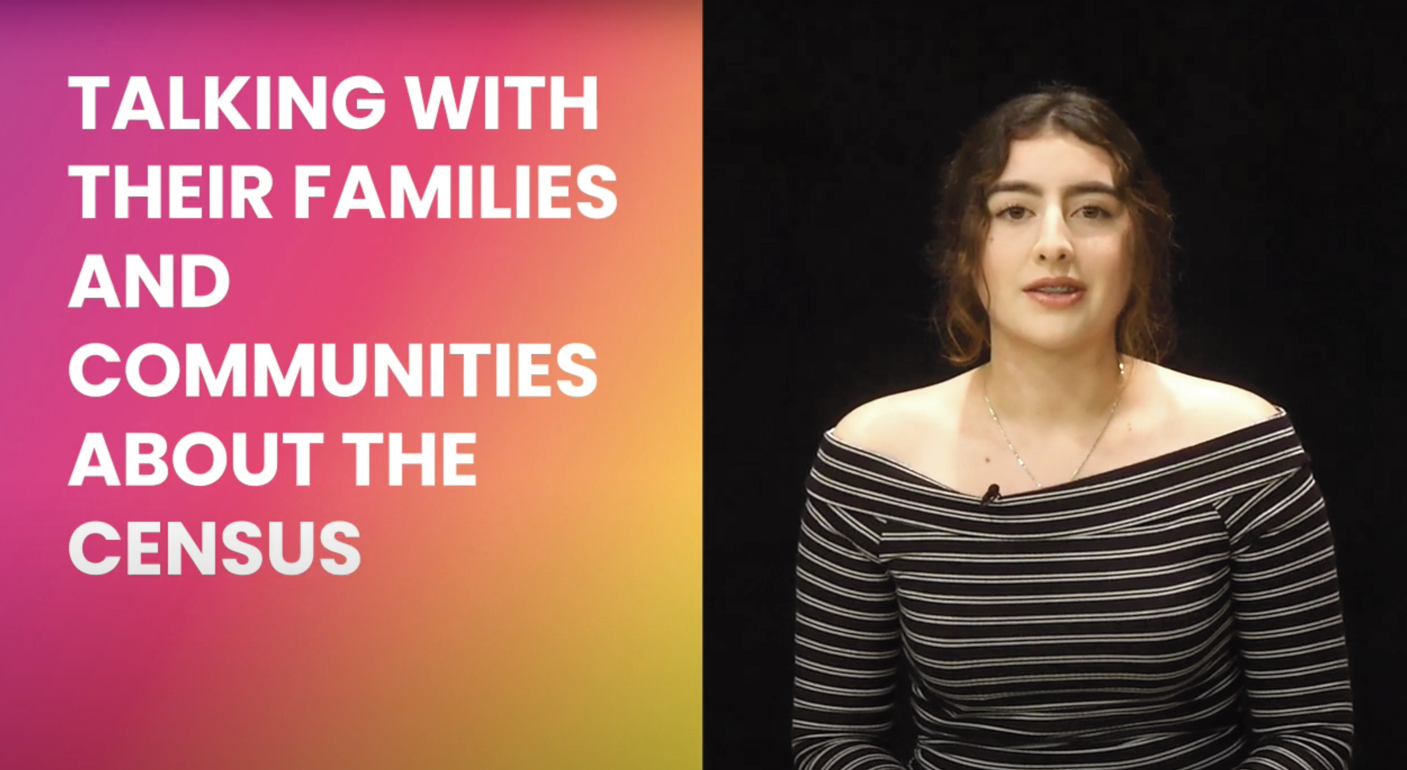
To tackle this challenge, I built a coalition of pro bono design consultants and local high school students to create a multilingual media campaign that would resonate with Monterey County’s diverse population. Students studied the issue, wrote their own script, and performed in both English and their native languages, ensuring authenticity and cultural relevance. The campaign included a student art contest, a dedicated website (WeCountWeRise.org) and video content that aired on MCAET TV’s over-the-air, cable, and new streaming broadcasts, expanding its reach across the region.
The impact of this initiative was reflected in the regional census reporting, which showed that Monterey County’s population grew by nearly 6%, with over 20,000 new residents counted. By empowering students to take an active role in civic engagement and leveraging media to amplify community voices, the campaign helped secure the resources Monterey County needed to support its residents.
Classes at MCAET
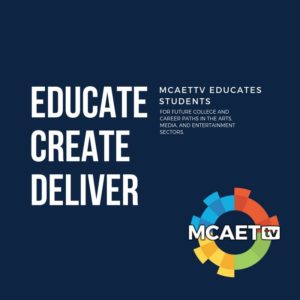 MCAET is an innovative partnership between broadcasting and education and was once home to a magnet high school for students in Monterey County pursuing media arts, performing, and broadcast careers. I introduced a program offering college courses and in-studio experiences in partnership with local colleges and universities. Through these courses, students gained valuable hands-on experience in television production while earning college credits, bridging the gap between education and industry.
MCAET is an innovative partnership between broadcasting and education and was once home to a magnet high school for students in Monterey County pursuing media arts, performing, and broadcast careers. I introduced a program offering college courses and in-studio experiences in partnership with local colleges and universities. Through these courses, students gained valuable hands-on experience in television production while earning college credits, bridging the gap between education and industry.
Bringing college courses to the MCAET studio was a significant milestone in our efforts to enhance educational opportunities. By partnering with local colleges and universities, we were able to offer students the chance to earn college credit while gaining hands-on experience in television production. These courses provided valuable real-world skills and insights, preparing students for future careers in the media industry. Students learning at MCAET have access to the facilities’ classrooms, audio recording booths two production suites for editing or live recording, an innovative sloped wall green screen studio, and a black box theather with audience seating for 75.
Designing a Streaming Service Website for MCAET
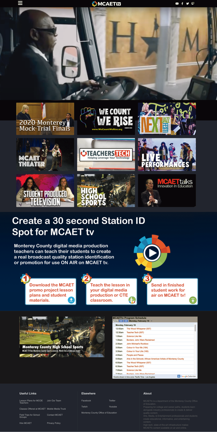 In addition to offering college courses, I also designed and launched a new website for MCAET that served as a streaming service for all of our programming. This website not only modernized MCAET’s platform but also provided students with relevant experience in navigating digital media platforms. With 24-hour internet streaming channels on Twitch and YouTube, we expanded our reach and accessibility, ensuring that our educational content could reach a wider audience.
In addition to offering college courses, I also designed and launched a new website for MCAET that served as a streaming service for all of our programming. This website not only modernized MCAET’s platform but also provided students with relevant experience in navigating digital media platforms. With 24-hour internet streaming channels on Twitch and YouTube, we expanded our reach and accessibility, ensuring that our educational content could reach a wider audience.
By bringing MCAET up to date in broadcast technology, we also created more relevant learning for students in media arts courses throughout Monterey County. I developed lesson plans that allowed high school and college students served by MCOE to create 30-second Station ID promotional spots for MCAET. These hands-on projects empowered students to apply their knowledge and creativity to real-world scenarios, fostering a relevant understanding of modern media production concepts while promoting MCAET’s mission and services to the community. Through these initiatives, we aimed to inspire and equip the next generation of media professionals while enhancing MCAET’s impact and visibility in Monterey County.
I hope my tenure at MCAET was characterized by a commitment to overcoming operational challenges, forging strategic partnerships, and embracing emerging technologies. We transformed MCAET into a dynamic educational hub, empowering students and communities across Monterey County.

